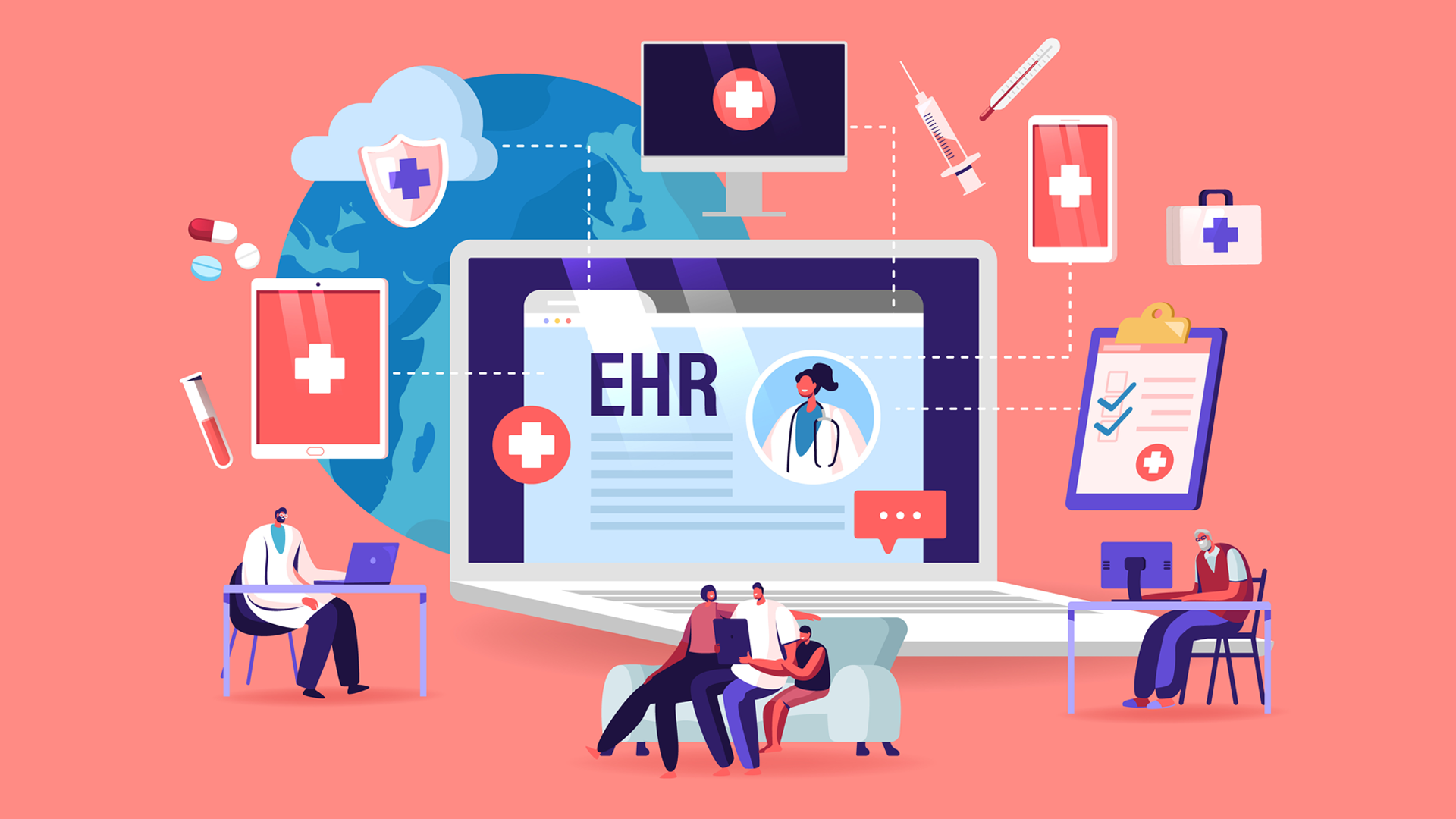Only 25% of Patients With Cancer Persistently Use Their Electronic Health Record Portal
About a quarter of patients with cancer routinely access their electronic health records.
Only 25% of Patients With Cancer Persistently Use Their Electronic Health Record Portal

Socioeconomic disparities may play a role in how many patients access their electronic health record, according to findings published in the Journal of the National Cancer Institute.
Key Findings
The investigators collected information regarding 28,942 patients. In total, 35% (n = 10,061) never accessed the portal. Only 25.1% of patients (n = 4739), accessed the portal persistently, meaning that 74.9% of patients (n = 14,142) used it for less than 21 weeks.
Patients who were male, belonged to a racial or ethnic minority group, were not working, lived in a rural setting, or had limited broadband accessed were least likely to access the portal.
Those most likely to access the portal were those who were younger than 40 years (AOR, 2.56; 95% CI, 2.21-2.98) or who were between the ages of 40 and 65 (AOR, 1.81; 95% CI, 1.68-1.97) and who had more frequent clinical encounters. Those most likely to persistently use the portal were those who were middle-aged and who have more clinical encounters.
Patients who identified as Hispanic were less likely to access the portal (AOR, 0.72; 95% CI, 0.59-0.90) compared with non-Hispanic patients, as were patients who were unemployed (AOR, 0.41 95% CI, 0.38-0.45) or retired (AOR, 0.64; 95% CI, 0.59-0.70).
Further, patients living in rural areas were less likely to access the portal than those living in metropolitan areas (AOR, 0.9; 95% CI, 0.84-0.97), and those in areas with lower broadband access also had lower access rates (AOR, 0.72; 95% CI, 0.67-0.76).
Of note, patients with more health care encounters were more likely to access their portal. According to the investigators, “with each increased increment of days with encounters during the preintervention period, the odds of portal access increased monotonically. For example, compared with patients with 0 to 5 days of encounters, those with 6 to 10 encounters had approximately 70% higher odds of portal access.”
Methodology
Investigators used data from electronic health records for the 12 months preceding the intervention implementation. This information included the patients’ sociodemographic factors, how they were accessing their EHR (mobile vs desktop), and how many clinical encounters they had had with their care team prior to the roll-out of this intervention.
They used the rural-urban commuting area codes to determine whether the patients resided in rural areas and used the 2015-2019 American Community Survey to estimate their broadband access.
The study defined persistent use as accessing the portal throughout at least 21 weeks out of the 31-week study period.
Significance
As the study authors explained, electronic health record systems have become staples of health care. The Patient Protection and Affordable Care Act has created an incentive for health care professionals to adopt these systems, with the goal of improving the quality, safety, and efficiency of health care and reduce health care disparities.
Importantly, patients who utilize these portals have expressed greater patient satisfaction and adherence to medical treatments. At the same time, these systems allow providers to consistently assess and monitor their patients’ symptoms by facilitating the collection of electronic patient-reported outcomes, which are considered a critical component of high-quality cancer care.
Further, portal use and uptake may play an important role in reducing or widening disparities, according to study authors.
“Because patient portals allow for remote access to and information about care, they may also provide opportunities to reduce cancer care disparities by facilitating patient access to medical information and enabling them to manage their care remotely at their convenience,” they wrote.
“If disproportionate numbers of patients from certain subgroups do not access patient portals or use them infrequently, however, it is possible that timely information or optimal communication about their care is disrupted, resulting in persistent or even widening cancer care disparities,” they concluded.
Reference
Griffin JM, Kroner BL, Wong SL, et al. Disparities in Electronic Health Record Portal Access and Use among Patients with Cancer. J Natl Cancer Inst. Published online November 1, 2023. doi:10.1093/jnci/djad225


